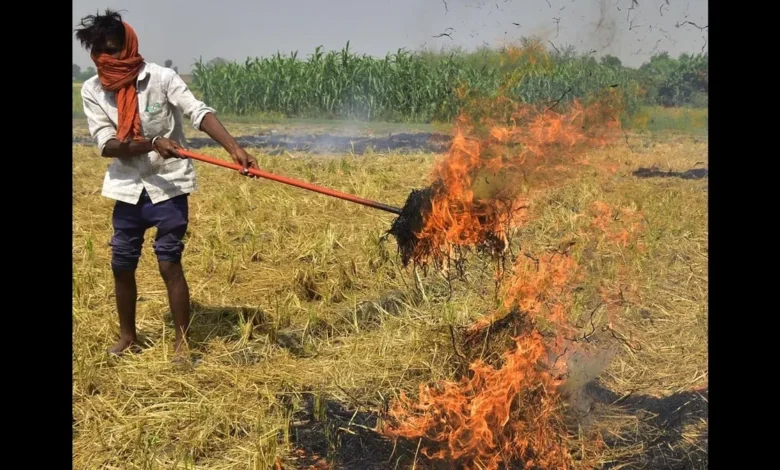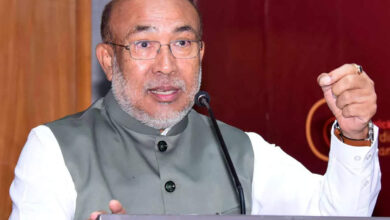Punjab’s stubble burning woes intensify amidst farmer doubts on machine availability
Questions arise as farmers challenge the claimed accessibility of necessary equipment

Stubble burning in Punjab has once again come under scrutiny, with the Supreme Court expressing concern. However, a recent investigation by India Today TV reveals that farmers are still burning paddy stubble, questioning the government’s claims about the availability of Crop Residue Management (CRM) machines.
Despite government records stating the distribution of over 1.37 lakh CRM machines across Punjab’s villages, farmers on the ground dispute these figures. Balkar Singh, a farmer-union leader, challenges the official data, suggesting that the machines might exist only on paper, raising concerns of corruption in subsidy distribution.
Singh alleges that even if CRM machines were available, the quoted prices in government documents are inflated. He claims the actual cost of each CRM machine assembly is significantly lower than the prices charged by government-affiliated agencies. This raises questions about the transparency and efficiency of subsidy programs.
In response to the stubble burning issue, Singh proposes that the government either takes responsibility for removing stubble post-harvest or compensates farmers adequately. He suggests a compensation of Rs 6,000 per hectare or a bonus during produce purchase to discourage farmers from resorting to burning stubble.
Contrary to the farmer’s claims, Prof (Dr) Adarsh Pal Vig, the chairperson of Punjab Pollution Control Board (PPCB), asserts that the government provides state-of-the-art CRM machines to farmers. Vig highlights the imposition of fines, amounting to Rs 45.53 lakh on 1,694 farmers, as a punitive measure. However, this represents only a fraction of reported stubble burning cases.
While Punjab reported nearly 21,000 stubble burning cases this year, only 1,694 farmers faced fines for violations. This glaring discrepancy raises questions about the effectiveness of the government’s enforcement mechanisms and the need for more stringent actions to deter stubble burning.
Prof Vig outlines the government’s strategy to manage stubble, aiming to handle 11.5 million tonnes in-situ and 4.5 million tonnes ex-situ. He highlights ongoing initiatives, such as biomass power projects and bio-gas plants, utilizing paddy stubble as raw material or fuel. However, the real impact of these projects on reducing stubble burning remains to be seen.
According to Punjab’s agriculture department, 25% of crop residue is yet to be harvested in the state. This presents an ongoing challenge in curbing stubble burning. Vig emphasizes the need for continuous efforts, mentioning plans for additional bio-ethanol plants and pallet-making units. The success of these initiatives will play a crucial role in addressing the root causes of stubble burning.
You might also be intersted – Karnataka farmers face ₹30,000 crore loss from drought, says Siddaramaiah



